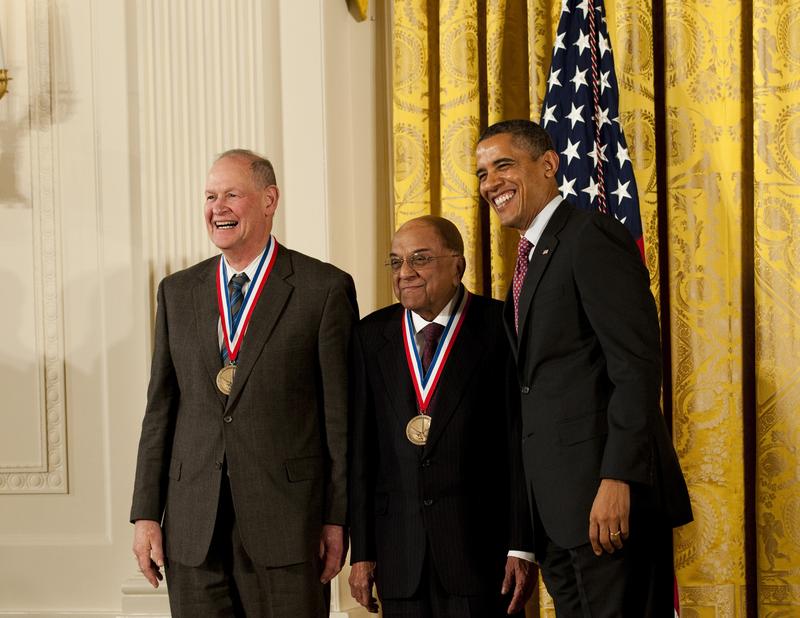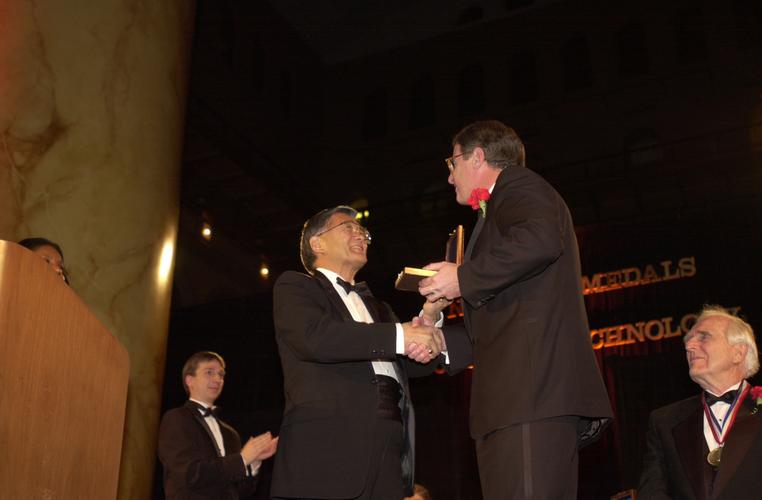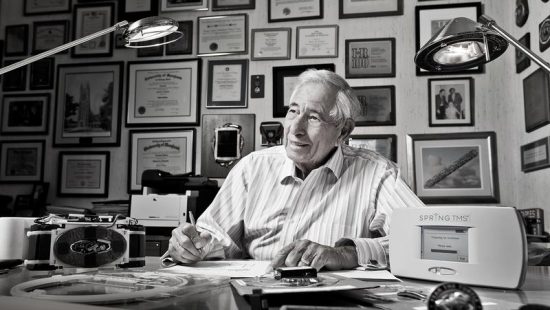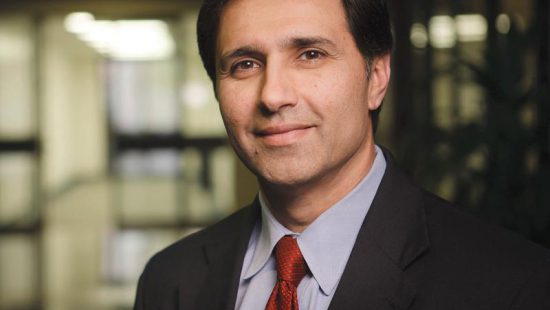Rangaswamy Srinivasan brought a very fateful piece of turkey to work. It was the day after Thanksgiving in 1981 at IBM’s Thomas J. Watson Research Center and Srinivasan along with James Wynne and Samuel Blum were working with a new kind of laser. The excimer laser had, up to that point, been used mainly for the etching of polymers. But the three scientists wanted to see what it’s effect would be on tissue and turkey cartilage was their first test fire.
After several different pulses of the laser at the turkey, they noticed something very promising. Because of the unique properties of the laser, the cuts they’d etched in the flesh weren’t cauterized—there was no burn—but rather clean cuts of microscopic fineness. It was as if they’d discovered the world’s tiniest scalpel—the etchings were so precise that you could write poems on a strand of hair. This was the birth of LASIK eye surgery.
The group published their findings but it wouldn’t be until years later that Srinivasan together with several ophthalmologists would begin to work with the lasers on corneal surgey and prove both their power and safety. Today, LASIK is the most popular vision correction surgery in the world. More than 70 million people have had the procedure and benefited from its ability to reshape the cornea.
By Casey Samulski








